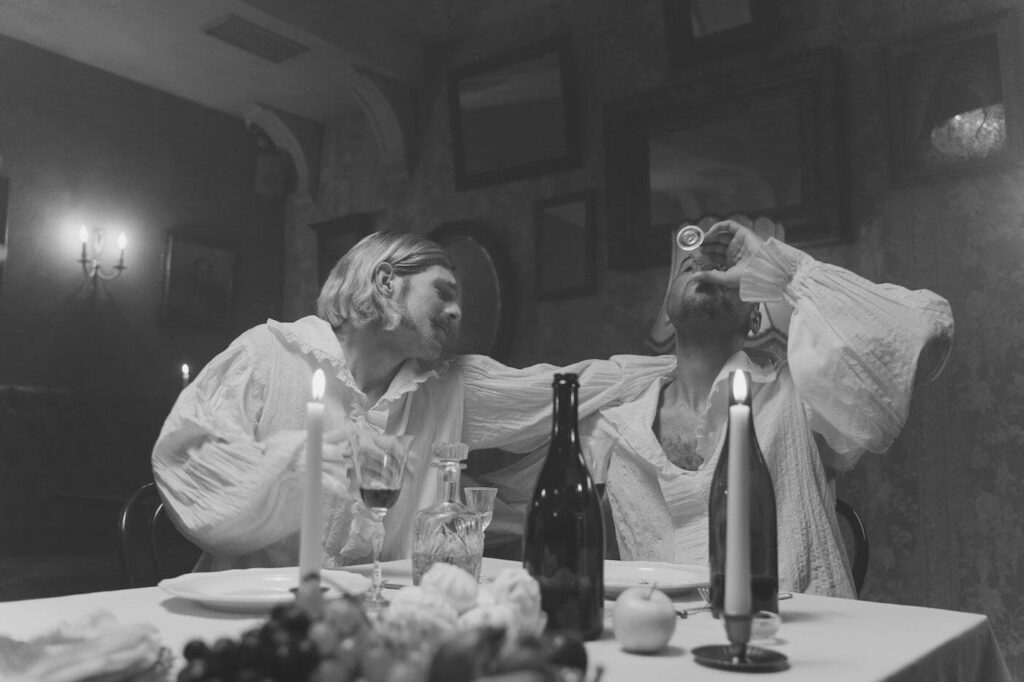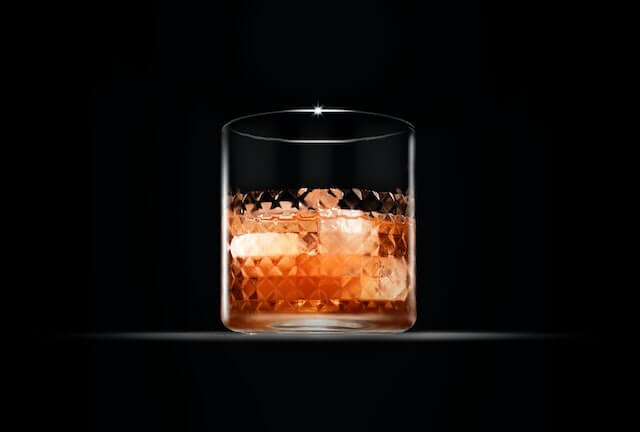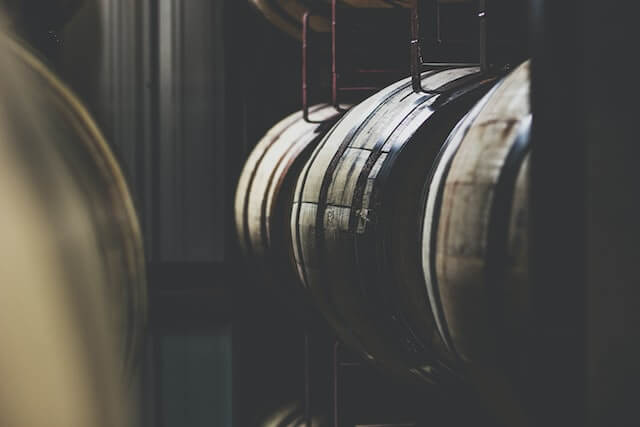Whiskey has been a beloved beverage for centuries. It has been used to celebrate special occasions and to mark friendships. But have you ever stopped to wonder where whiskey was invented?
Let’s take a look at the history of this beloved spirit and learn how it became the drink that we know today.
The Origin of Whiskey in Ireland and Scotland
Whiskey is believed to have originated in either Ireland or Scotland, with some suggesting that both countries were responsible for its invention.
In Ireland, whiskey is said to have first appeared in the 12th century when monks began distilling whisky from barley malt. This early form of whisky was known as ‘uisce beatha’, meaning ‘water of life‘ in Gaelic.
On the other hand, whisky production in Scotland is thought to have begun in the 15th century when Scottish farmers began to ferment grains such as barley and oats into alcoholic beverages.

This theory is logical because whiskey is made using grain and Europe has a rich agricultural heritage that includes the cultivation of different varieties of grain.
By the 16th century, both Irish and Scottish whisky had become popular drinks, but they tasted quite different due to differences in production methods and ingredients used.
As whisky production continued to evolve, it began to take on different forms in each country. Irish whiskies, for example, were often triple-distilled while their Scottish counterparts were distilled twice only. Irish whiskies also tended to use malted barley as their main ingredient while Scottish whiskies relied on unmalted grains like oats and wheat for flavoring.
As a result of these differences, Irish whiskies were often considered to be smoother and more palatable than Scottish versions.
Whiskey Spreads Across Europe
As time passed, whiskey spread across Europe due to the rise of trade routes between countries. This led to an increase in production as well as new varieties being created like Scotch whisky and Bourbon whiskey.
By the 18th century, whiskey had become a popular drink among many different classes of society including royalty and aristocrats who wanted to enjoy it during social gatherings or private parties in their homes.
In fact, King George IV became an avid whiskey drinker and even ordered large quantities of Irish whiskey to be delivered to his royal palaces in Great Britain.
The Spread of Whiskey Across the World
From its origins in Europe, whiskey soon spread across the world thanks to immigration from Europe’s two whisky-producing countries.
In 1968, Alexander Laird, who had traveled from County Fife in Scotland to Monmouth County in New Jersey, established the first American distillery [1].
Alexander Laird, a well-known distiller, took advantage of the abundant apple resource in his area, creating Applejack for himself and those around him. The production occurred at the famous Colts Neck Inn where coaches often stopped to rest on their journeys.

George Washington was well-known for his admiration of the Laird family and their Applejack recipe, so much so that he requested its recipe prior to 1760.
In 1780, Robert Laird made history by registering the very first commercial transaction at his distillery. It was in this year that Laird established the first bonded distillery and began producing his Applejack recipe on a commercial scale still famous to this day.
Whiskey’s Journey to Asia
It’s believed that whiskey made its way to Asia through trade and cultural exchange between different countries. In particular, Britain and Japan had a strong trading relationship which allowed whisky to be introduced into Japan in the late 19th century.
This was followed by a surge of imported Scottish whisky during the 1950s due to increasing demand from Japanese consumers for quality spirits.

Japanese whisky was first made by Masataka Taketsuru who studied whisky-making techniques in Scotland before returning home with his newfound knowledge.
Masataka Taketsuru is largely celebrated as the founder of Japan’s whisky industry and Nikka Whisky Distilling. In 1918, Masataka Taketsuru applied the knowledge he gained distilling in Scotland to his own family’s sake brewery where he experimented with different types of whisky-making techniques and ingredients.
This laid the foundation for the country’s first commercial distillery in the early 20th century. Since then, Japanese whisky has become famous for its unique blends and complex flavors that truly represent the spirit of Japan’s culture.
Today whiskey is enjoyed around the world with many countries producing their own distinct style of whiskey that reflects local tastes and traditions.
Final Thoughts
Whether it originated in Ireland or Scotland – or both – whiskey has been enjoyed around the world for centuries thanks to its rich history and varied flavors.
Since its inception, whiskey has evolved into countless varieties ranging from peaty Islay scotch to smooth Tennessee bourbon.
It’s no wonder why so many people love this classic spirit – whether enjoyed during celebratory occasions or at the end of a long day, whiskey is a versatile drink that can be savored and appreciated by people all over the world.
If you’re looking to explore this timeless classic even further there are plenty of options out there, from whiskey-tasting events and tours to whiskey masterclasses and even whiskey-infused foods.
References
- America’s Oldest Distiller – (Link)

